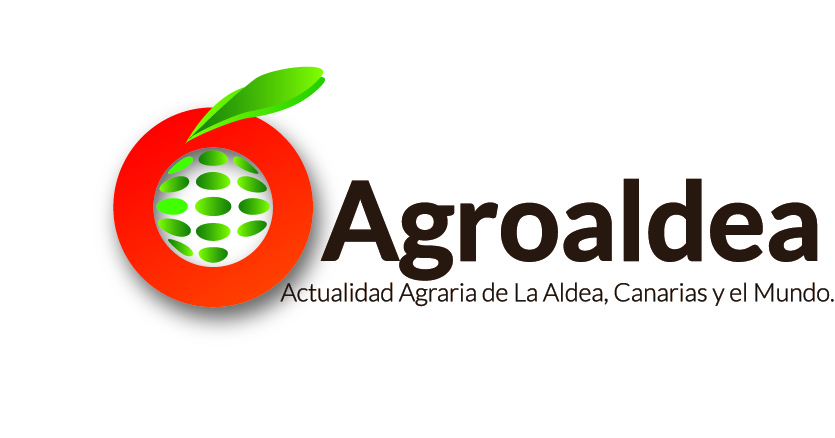 THE 50 FIRST GENETIC CERTIFICATES DELIVERED THIS RACE WERE UNDER FEAGA 2014.
THE 50 FIRST GENETIC CERTIFICATES DELIVERED THIS RACE WERE UNDER FEAGA 2014.
A few 50 majorero adults of donkey (older than 3 years) They have 'released’ the so-called 'foundational book majorero donkey race', Upon receiving the passport certifying family have a number of requirements specific to this breed.
this accreditation, genealogically will try to identify some 150 copies that could meet the requirements, It is the work that in recent years has been developing Breeders Association majoreros donkeys 'Soó', which brings together a dozen farmers.
On behalf of the directors of the association, Castillo said Sidalia “what we now realize is a step in a job that began years towards recovery and promotion of this breed, so associated with our agricultural tradition”.
To carry out this work has received administrative support from the Cabildo of Fuerteventura and supervision of Livestock of the Canary Islands. Thanks to that, veterinary specialist has been commissioned to study and identify the characteristics of animals.
Previously it developed an important work to define the standard that allowed racial define the studbook, to further develop effective genetic conservation race. In 1997 It was defined as a singular race, in danger of extinction, to update the Official Catalog of Livestock Breeds of Spain.
The majorero donkey is an animal perfectly adapted to the climate, high temperatures throughout the year and low rainfall, and the topography of Fuerteventura, with semi-desert soils and volcanic. For this reason, have rendered valuable services always work carried out by the island's population.
[quote]In Spain there are six recognized breeds of donkeys: Andalusian, Mallorcan, Catalan, Zamorano-Leon, the ass of Encartaciones (Vizcaya) and, from November 1997, the majorera./quote]
The majorero donkey is the only équido the Canary Islands. The dramatic setback that these animals have suffered in the last decade, has been decisive for the Ministry of Agriculture has listed in the Official Catalog of Livestock Breeds of Spain, as a race of special protection.
This alarming situation generated in the year 2000 creating 'Soo… Conservation Group and Development of Burro Majorero ', which is developing a conservation and improvement program, whose main objective is the recovery and preservation of this animal trying to maintain maximum genetic diversity, since the majorero donkey represents a unique and valuable genetic heritage.
Her CARACTERISTICS:
GENERAL ASPECT: Shortlined plastic animals with mediolínea trend, elipométrico format and cranial profile subconcave. Its elevation ranges between 100 and 120 centimeters to the cross, weighing between the 125 and 175 kilos. The appearance is proportionate and balanced.
COVER: The essential layers are the gray, in its various gradations, can go from dark to light gray and brown. There are gradations of color on belly and inner side of limbs, and on the muzzle and orbital eye area “points”. They are characteristic mule stripe on the back, the crucial band and leg zebraduras.
HEAD AND NECK: Provided with respect to body. Front elongated straight profile or slightly subconvex. face long and not very wide, straight or slightly nasal profile subconcave. Boca collection, thin and thin lips. Medium-sized ears, straight and inhiestas. thin neck, long straight.
TRUNK and GRUPA: relatively short but strong back, straight and slightly saddled. chest high but not very wide. Grupa something thrown down sideways and slightly ogive, type of convexilineo, i.e., somewhat longer than wide, especially in males. Low insertion tail, devoid of bristles at birth, but thin and abundant termination, usually reaching to the hock.
EXTREMITIES: Finas, but well-formed and robust appearance. Strong tendons and correct aplomos. Back with a tendency to verticality. narrow hulls and well proportioned.
In addition, All morphological contest prizes donkeys race majorera presented in EAGF 2014, They went to the breeders' association majoreros donkeys' Soo ', allocated to the operation and activities of the collective program.
This contest evaluates the morphological characteristics of animals presented to the Fair, according to the most appropriate parameters of the different races.

